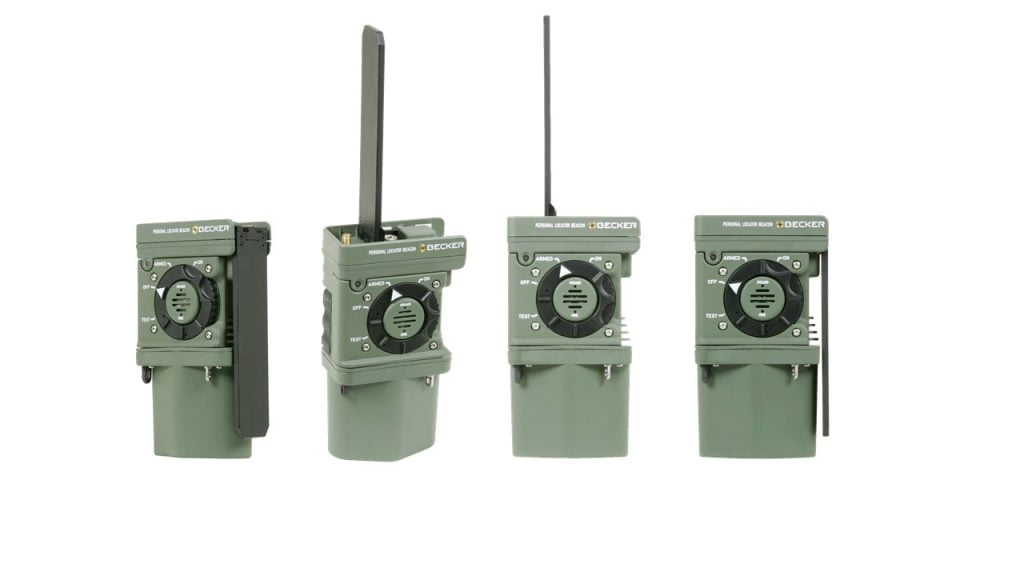COSPAS-SARSAT certification
Designed for all airborne, land and marine applications
Multi emergency band – 121.5 MHz, 243.0 MHz and 406 MHz
Two-way VHF or UHF voice communication (programmable)
Fully self-contained (transceiver, V/UHF/C-S antennas, with latest generation 72 channels GNSS (GPS/Galileo, GLONASS)
Compact lightweight, with State-of-the-Art technology
Manual or automatic activation by lanyard or water immersion
Life vest and ejection seat capability
Initiated Built-In-Test feature
Compliance with: Stanag 7007 P 1 PSAR, MIL-STD 810F, ED-14E (DO-160E)




